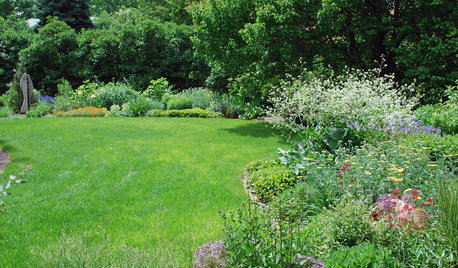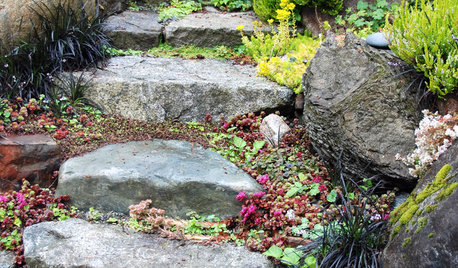kinickinick or cotoneaster dammeri?
bluewillow09
10 years ago
Related Stories

GARDENING GUIDESRocky Mountain Gardener: What to Do in June
Join the edible-garden club, deadhead spring-blooming plants around the landscape and make sure to fit in an inspiring garden tour
Full Story
LANDSCAPE DESIGNPlant Your Steps for a Great Garden Look
There are benefits to allowing plants to invade your garden stairs
Full StoryMore Discussions








ian_wa
gardengal48 (PNW Z8/9)
Related Professionals
Surprise Landscape Architects & Landscape Designers · La Marque Landscape Architects & Landscape Designers · River Forest Landscape Architects & Landscape Designers · Salem Landscape Architects & Landscape Designers · Frisco Landscape Contractors · Cary Landscape Contractors · Lorain Landscape Contractors · North Potomac Landscape Contractors · Reisterstown Landscape Contractors · Chicago Fence Contractors · Greentree Fence Contractors · Sacramento Fence Contractors · Saint Louis Park Fence Contractors · Staten Island Fence Contractors · Wilmette Fence ContractorsEmbothrium
OregonGrape